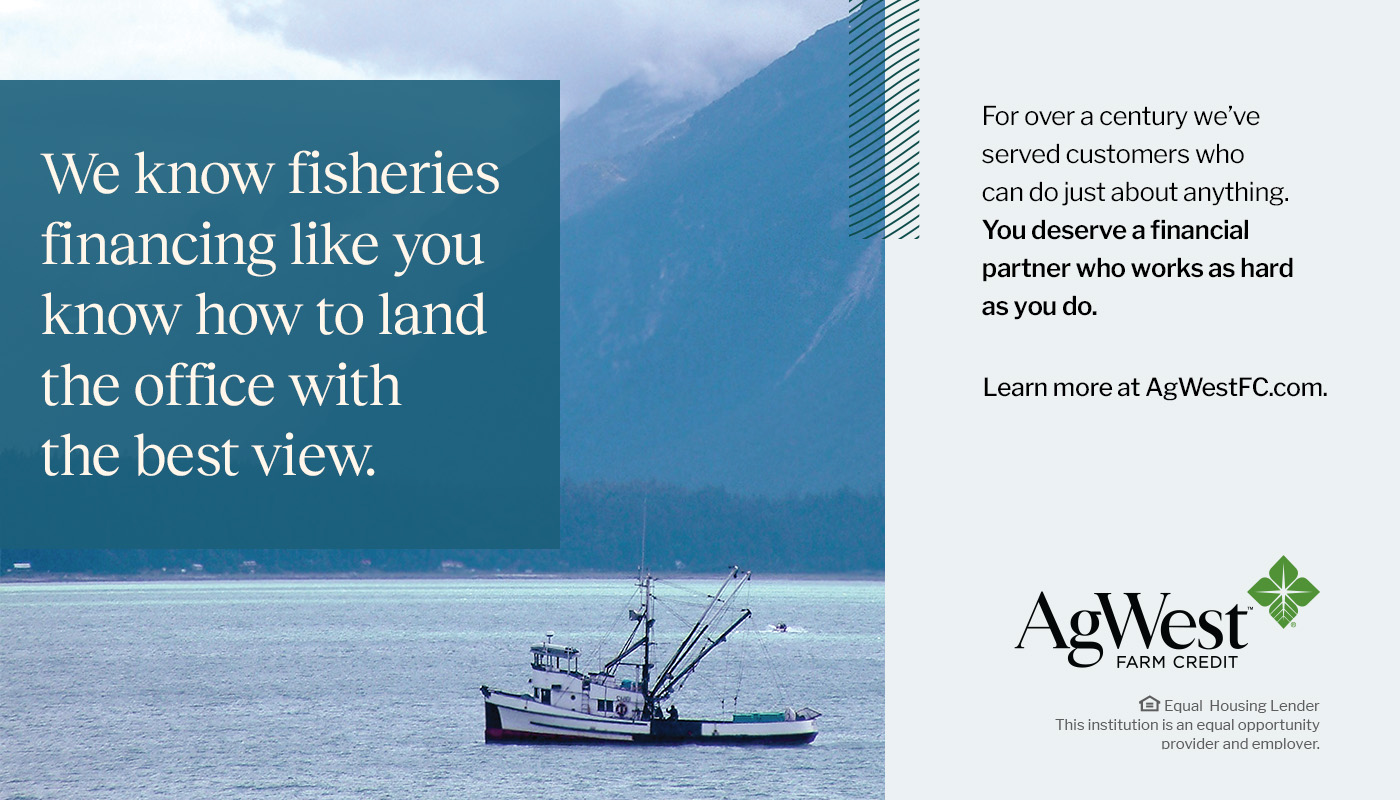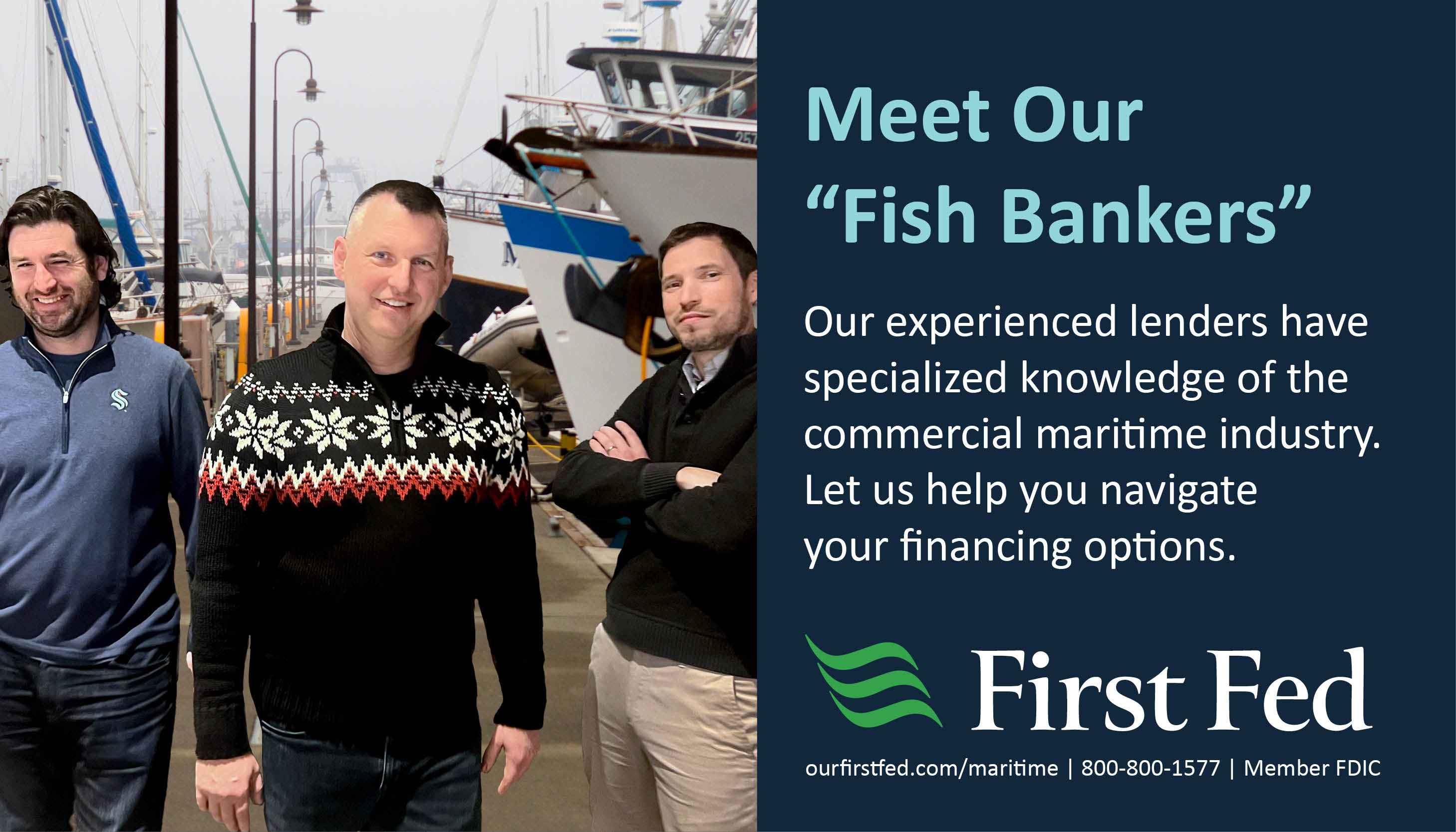Seawatch by Cristy Fry
May 6, 2021
Alaska seafood has been getting a lot of national attention lately, and while the pandemic has been a struggle for many fishermen, it has been something of a boon for marketers.
Third generation Alaska fisherman Hannah Heimbuch got her star turn on the Today Show last month, doing a live broadcast from her home in Kodiak set up by Alaska Seafood Marketing Institute, showing the audience how to select and cook wild Alaska seafood.
In the setup to the segment, timed for just before Earth Day, the hosts explained that roughly 66 percent of wild seafood and 95 percent of wild salmon caught in the U.S. comes from Alaska.
They asked her about how to choose sustainable product.
Heimbuch naturally explained that the best way to be sure that consumers get wild, sustainable, quality product is to buy product labeled as Alaska-caught.
She points out that it is written into the Alaska constitution that our fisheries management be based on science and sustainability, not to mention farmed fish being against state law.
She also mentions that buying directly from fishermen is an option that almost always ensures high quality and sustainability.
That is something that Arron Kallenberg, who started Wild Alaskan Company, has stressed to his customers.
Kallenberg's family has been fishing Bristol Bay since the days of the wooden sailboats, and his grandfather served on the Territorial Board of Fisheries.
He combined his love of fishing and his passion for computer sciences into a membership subscription seafood service where customers receive a box of assorted seafood every month or so, building it into a system with 7 national fulfillment facilities nationally, with somewhere around 180,000 customers, although not all are active at any given time.
The business launched in February 2018, and it was slow going for many months, but with tweaks to online marketing he said they started 2020 with about 20,000 subscribers nationally.
Then came the pandemic, and people were stuck at home, restaurants were largely shut down, and people started cooking and eating at home.
“Covid is a national tragedy,” he said, “but disproportionately affected the business positively,” signing up the bulk of their subscribers in the past 14 months.
“What happened from my perspective is we were grinding, grinding, grinding. and then everything changed,” he added.
He now has about 60 employees, including the fishmongers, which he calls “member experience specialists” who help people learn about how to cook and handle fish via 800 numbers, online chats, and by phone.
The fish come from all over the state, from what he called “the usual suspects,” and while he doesn't disclose sourcing or poundage, he said they have really strong relationships with their suppliers.
He said that while at their scale it is easier to work with larger suppliers, they are very conscious of the need to work directly with fishermen, and are sure to buy from more than one source for each species.
The trend toward people buying fish either from membership services or from the grocery store grew considerably over the past year, with people becoming more aware of the source and sustainability of their food, which bodes well for the industry.
This article also appears in the Homer News. Cristy Fry can be reached at [email protected].






